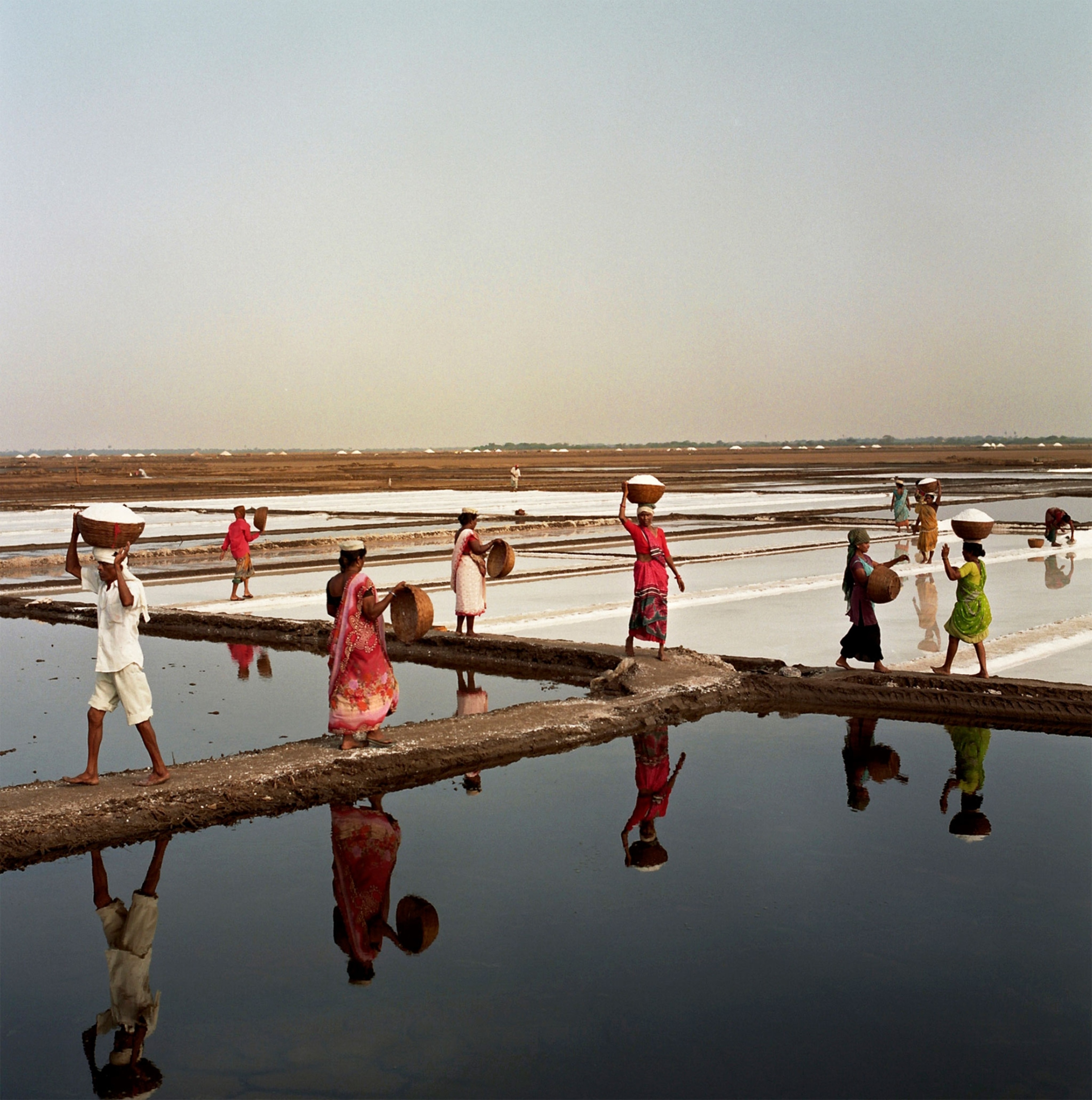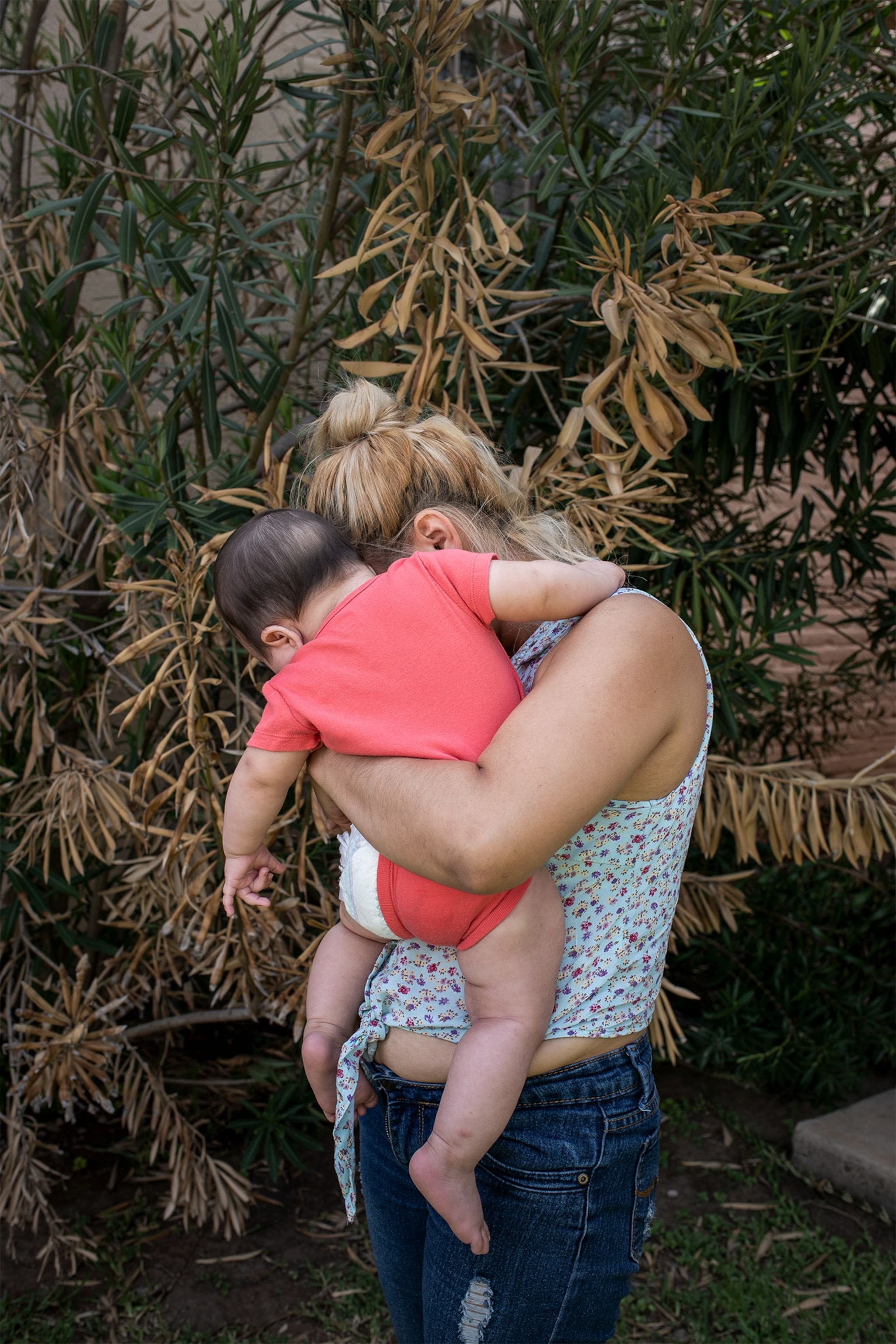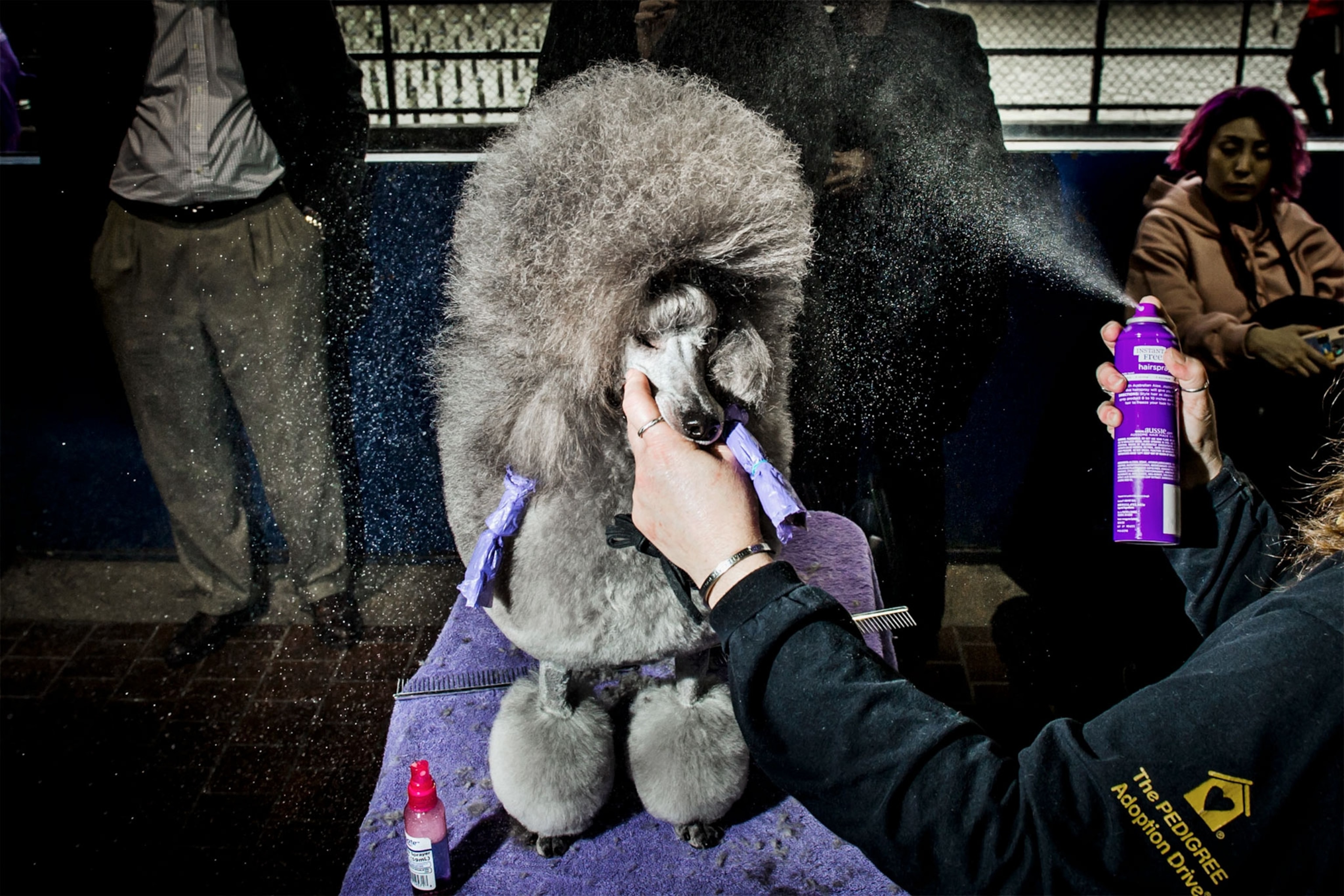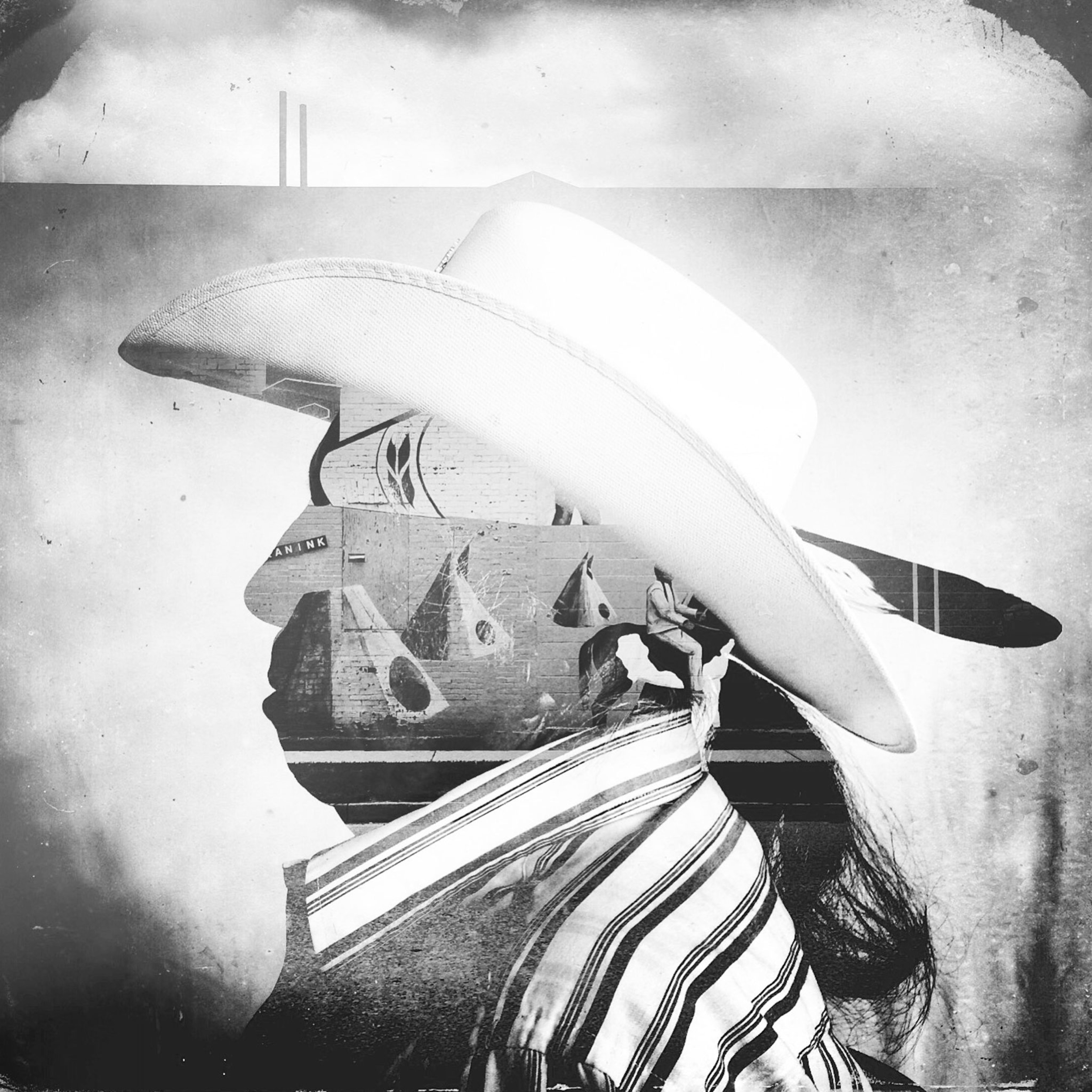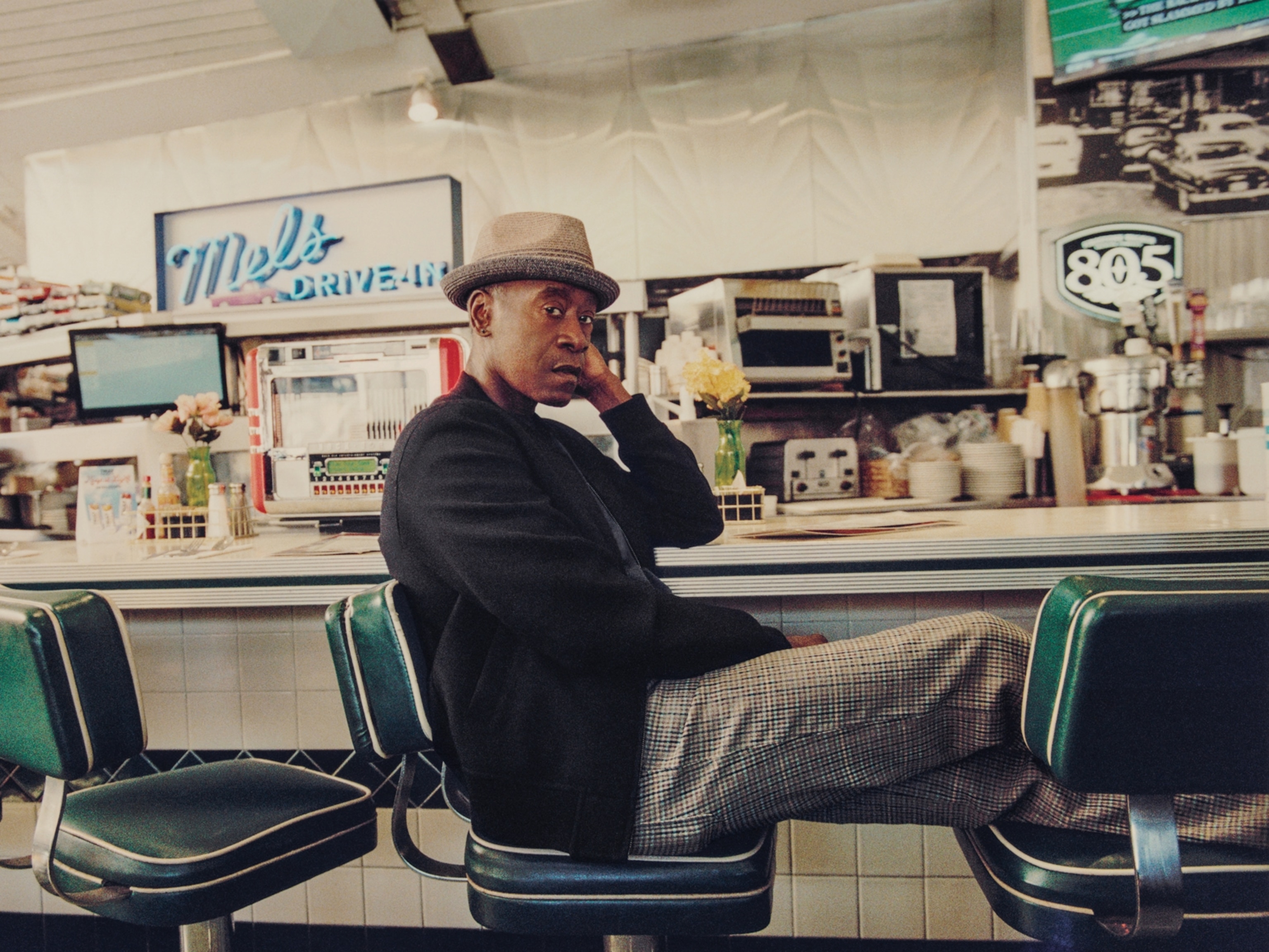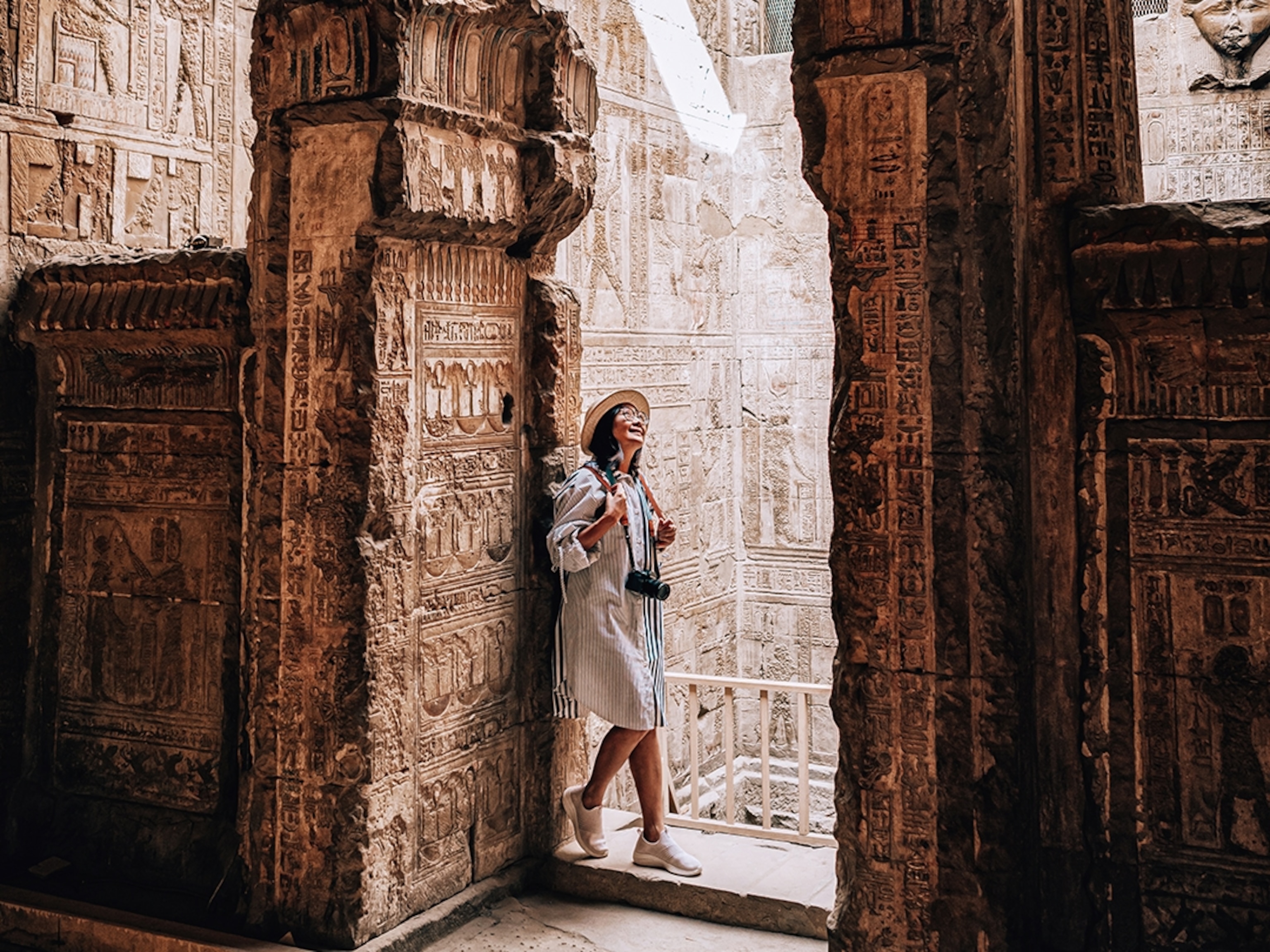Since 1888, National Geographic has been sharing the world with its readers, but stories are shaped by those doing the telling—and historically those perspectives have been white and male.
Editor-in-chief Susan Goldberg explains the publication’s need for self-assessment in a recent issue on race, “It hurts to share the appalling stories from the magazine’s past. But when we decided to devote our April magazine to the topic of race, we thought we should examine our own history before turning our reportorial gaze to others.” To do that, National Geographic asked a preeminent historian to survey its coverage.
This research, which spotlighted numerous areas for growth, is leading to quantifiable change. In 2017, 47 percent of grants from the National Geographic Society were awarded to women, according to Cheryl Zook, Director of National Geographic Society's Expand the Field initiative; Courtney Monroe, CEO of National Geographic Global Networks, pledged to achieve gender parity by 2020; and the organization’s roster of photographers is shifting. “It is refreshing, enriching, and often surprising to see things from a different perspective than your own,” says Sarah Leen, Director of Photography for National Geographic magazine.
Today, over a century after the magazine published its first photographs taken by a woman, National Geographic’s new voices share their thoughts on why diversity in storytelling is crucial, how they want the world to feel when looking at their pictures, and what aspiring photographers should know.



